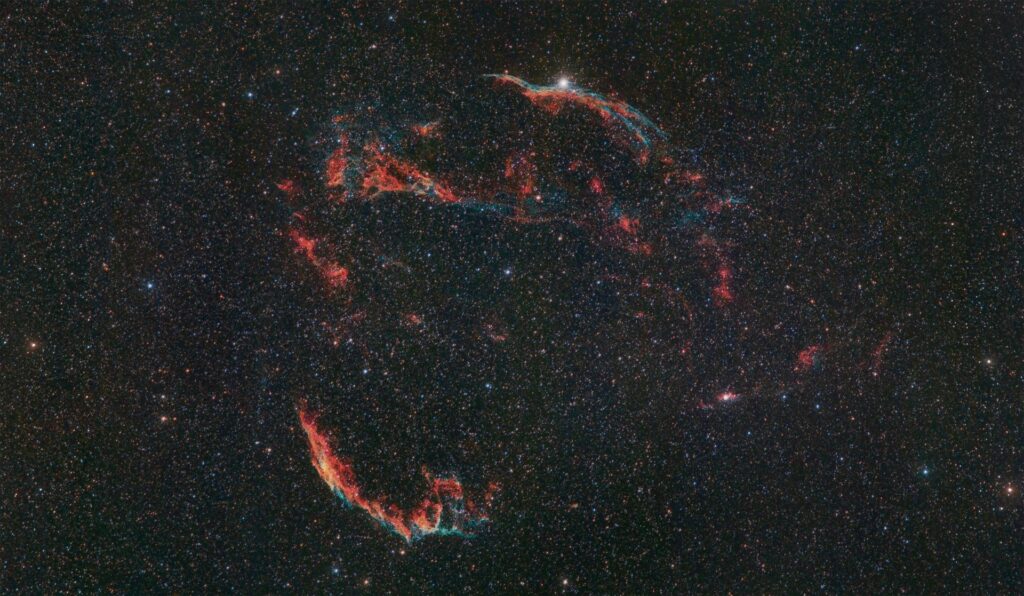Most Recent News


Popular News




The 2018 congressional pig book is a government watchdog program that will almost definitely raise your blood pressure.
The beautiful 2018 Pig Book is now out, detailing the extensive misuse of taxpayer money for the most recent fiscal year.

The “2018 Congressional Pig Book” is a historically annual compilation of the misappropriation of budget funds by the government. It is completed by CAGW: Citizens Against Government Waste.
Specifically, it looks at line-items in appropriations that designate tax dollars for a specific purpose in circumvention of established budgetary procedures.
I highly recommend you take a read through it. It is an easy way to raise your blood pressure. But I’ll include some highlights here:
$10,000,000 for high energy cost grants within the Rural Utilities Service (RUS). The RUS grew out of the Department of Agriculture’s Rural Electrification Administration (REA) of the 1930s. The REA’s mission was to promote electrification to farmers and residents in communities where the cost of providing electricity was considered to be too expensive for local utilities. By 1981, 98.7 percent electrification and 95 percent telephone service coverage was achieved. Rather than declaring victory and shutting down the REA, the agency was transformed into the RUS, and expanded into other areas.
$65,000,000 for Pacific coastal salmon recovery.
$2,674,600,000 for 20 additional F-35 JSF aircraft. The acquisition misadventures of the JSF program have been well-documented, as the program has been plagued by an abundance of persistent issues. In development for nearly 17 years and seven years behind schedule, total acquisition costs now exceed $406 billion, nearly double the initial estimate of $233 billion. An April 2015 Government Accountability Office (GAO) report noted that the lifetime operation and maintenance costs of the most expensive weapon system in history will total approximately $1 trillion. On April 26, 2016, Senate Armed Services Committee Chairman John McCain (R-Ariz.) called the JSF program “both a scandal and a tragedy with respect to cost, schedule, and performance.”
$842,000,000 for two earmarks funding two platforms intended to be replaced by the F-35.
$544,075,000 for three earmarks funding the Littoral Combat Ship (LCS), the largest amount ever earmarked for the vessel. Known to some inside (and outside) the Navy as the “Little Crappy Ship,” the LCS has been a disaster since its inception, with problems that include a vaguely defined mission, a lack of firepower and survivability, and design flaws leading to cracks in the hull and corrosion.
$11,000,000 for the aquatic plant control program.
$54,650,000 for entrepreneurial development programs within the Small Business Administration. (Author note: Why not just reduce crippling taxes/health insurance requirements for SBA’s instead?).
$210,184,000 for the National Predisaster Mitigation Fund (NPMF).
$2,750,000 for the National Capital Arts and Cultural Affairs (NCACA) grant program. (The Kennedy Center sold 1,413,432 tickets during the 2016-2017 season, meaning it could have charged an extra $0.30 per ticket and eliminated the need for NCACA funds).
$663,000 for a brown tree snake eradication program.
$17,000,000 for the Asia Foundation, which is “committed to improving lives across a dynamic and developing Asia.”
$16,700,000 for the East-West Center in Hawaii. Intended to promote better relations with Pacific and Asian nations, the center was established by Congress in 1960 with no congressional hearings and over the State Department’s opposition. For years, the State Department tried to eliminate the center by not requesting funding in the department’s annual budget requests.
$30,000,000 for the Maritime Guaranteed Loan (Title XI) program.
Lovely, isn’t it?
(Learn More About The Dominion Newsletter Here)